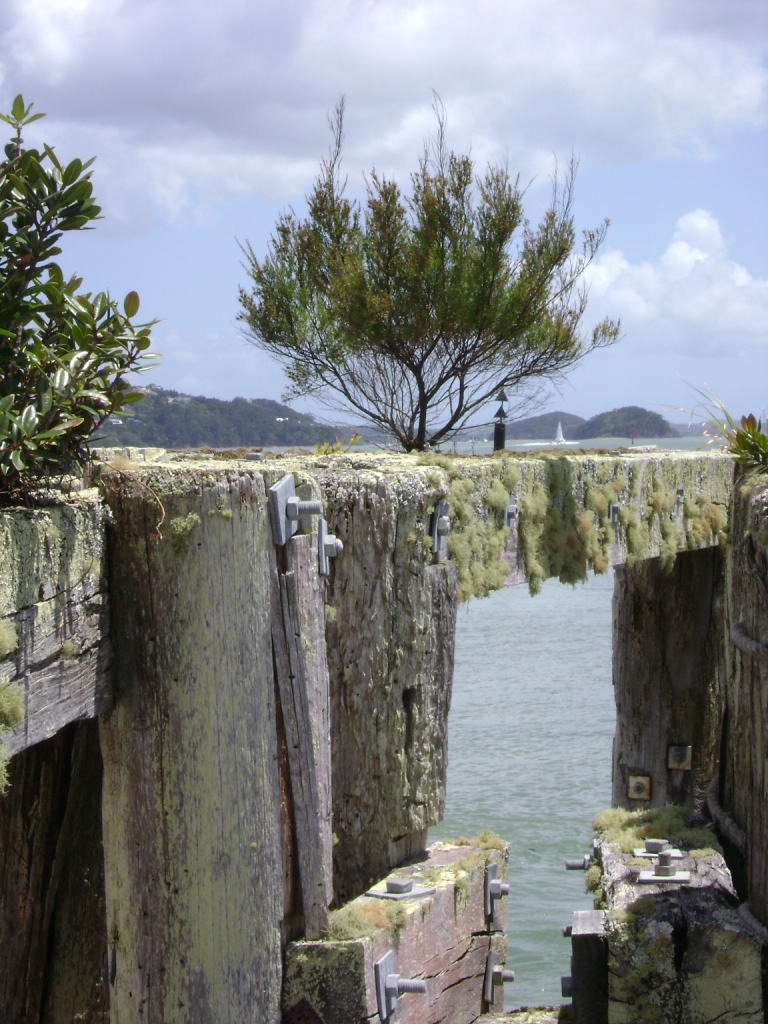|

FOREST FLOOR
Profile
Contacts
and Opening hours
Products
Manuka
Bamboo
Services
Seed Collecting
Ecology news
Revegetation
Planting tips
Planting article
The man who planted hope
|
|
Forest
Floor Ltd
|
We propose
that the answer to all the world's problems is to
grow
more trees.
It's not quite
that simple,
we
have to grow several billion trees
to
really make a difference
At least one tree each, in other words.

We
have specialised in growing manuka seedlings for over 30 years, but are
still amazed by how adaptable and resilient they are. Here is one
growing directly on the wood on the wharf in Opua, Bay of Islands.
Beside it is a pohutakawa, another New Zealand native member of the
Myrtaceae family.
|
|
|

Our
Maungatapere nursery in 1996, near Whangarei in Northland, New Zealand, growing 250,000 manuka plants (Leptospermum scoparium) for a
coastal reveg job. In the background at the top of the
picture is an old shed made by GI's during World War Two, from local
native timber. The wood used is puriri, Vitex lucens,
which is related
to teak, one of the world's top timbers. Puriri trees produce
extremely durable timber that does not need treating, and grow very
quickly into huge trees. The shed is still standing
despite tropical cyclones in recent years. (Recent update: it was
knocked down in cyclone Gabriel, now the wood is destined to be reused
as it is still hard as nails.) We would like to
be growing 250,000 puriri for forestry: all it takes is for someone to
have as much faith in puriri as the person who contracted us to grow
the manuka trees above had in manuka.
...don't
they know about puriri yet?
|
Here
is a picture of our nursery with the cool white trunk of a kahikatea
planted 15 years ago. That's how long it took to get seed to be
produced from that species.

This is what we are trying to fix
....overgrazed coastal land on main Chatham Island. The protective seaward wall of flax (Phormium tenax)
and other low growing windhardy shrubs, that would normally protect the
trees from wind, has been eaten long ago by stock grazing on the
florest floor. The constant coastal wind has got in under the trees and
thick forest has turned to desert, with just the skeletons of trees
remaining. Stock still have unrestricted access to this land, but there
is not much left for them to eat. A lot of our tree planting work is
trying to establish a canopy cover to reduce erosion and prevent
this loss of topsoil in the first place. Sometimes we end up
having to start again from scratch, planting into sand dunes.

seed
collecting expedition Central N.Island
|
|
you can also visit: Manuka
plant products
or visit our bamboo page
|
|


